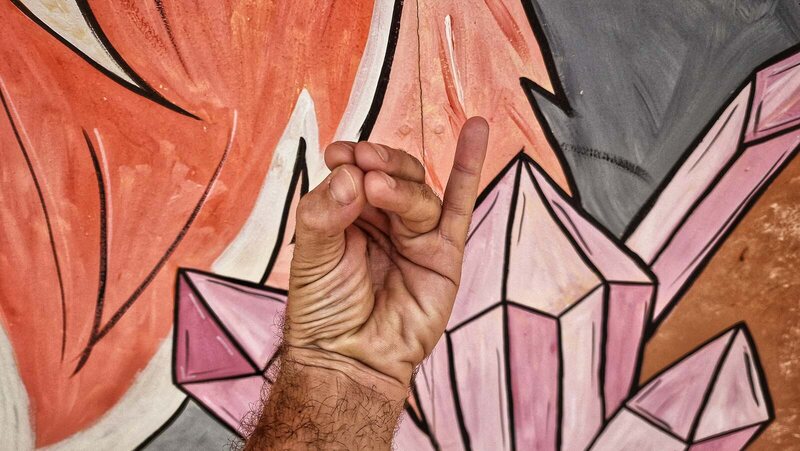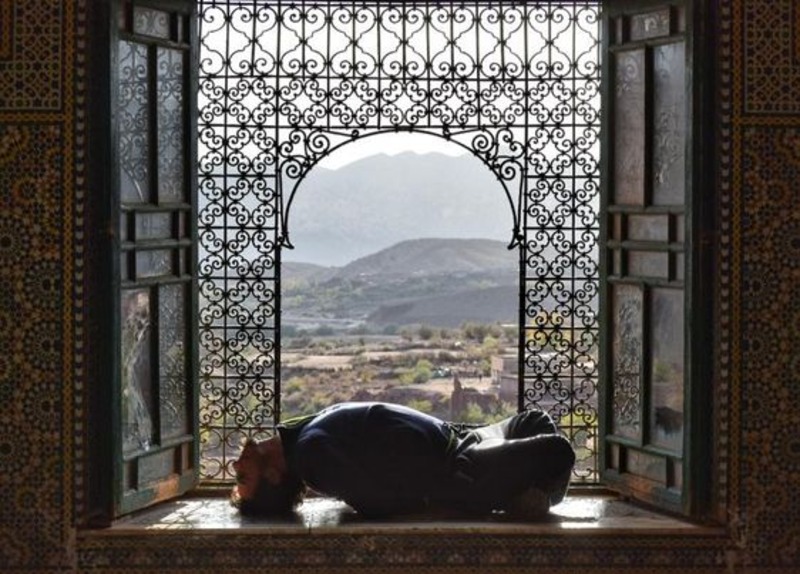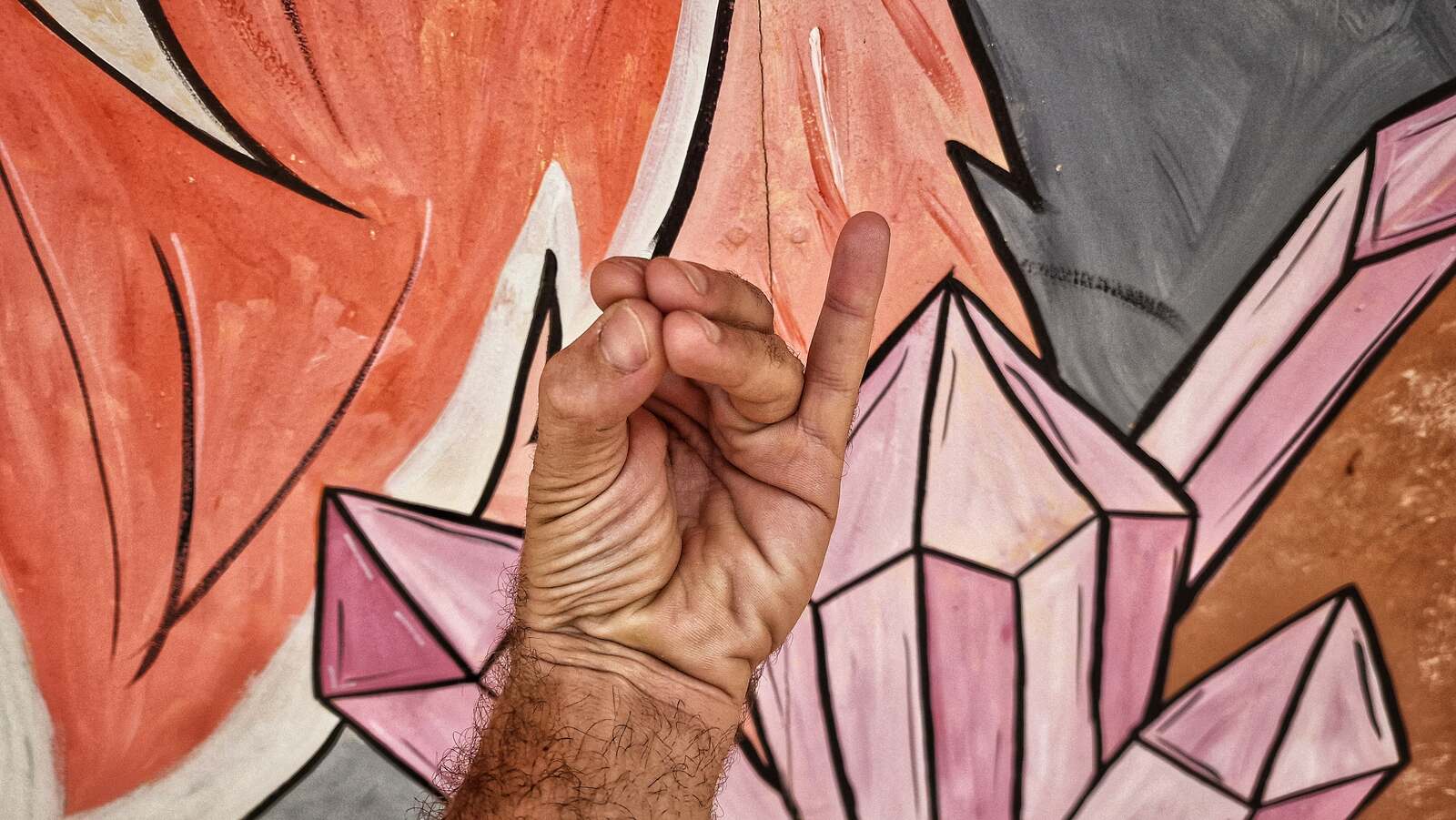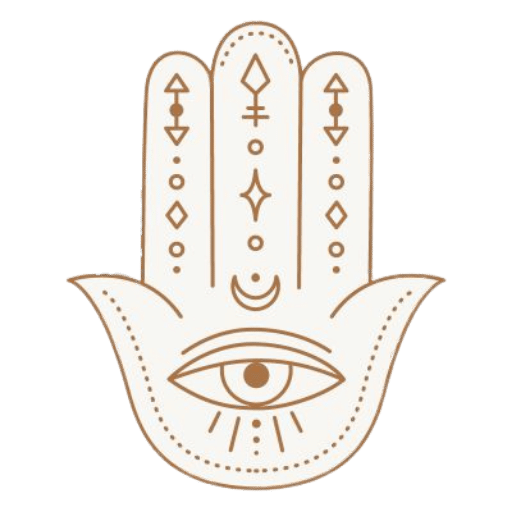
Explore Udana Vayu Mudra’s power in Yoga & Ayurveda. Uncover the ancient secrets to balance throat energy and achieve holistic well-being.
Yoga and Ayurveda, age-old Indian disciplines, view the human body as a complex energy system. Within this system, “nadis” serve as channels for “prana,” the vital life force. Of the five main Vayus (वायुor essential airs, Udana Vayu is particularly significant, overseeing the throat and head. In conjunction with its distinctive hand gesture, Udana Vayu Mudra plays a crucial role in enhancing holistic well-being.
What is Udana Vayu?
Situated primarily in the region of the throat and head, Udana Vayu is one of the five primary Vayus. This Vayu regulates speech, expression, and the upward movement of energy. It is pivotal for growth, memory and mental clarity, and our capability to stand up for ourselves. Moreover, it’s intricately associated with the Vishuddha (throat) and Ajna (third eye) Chakras.
How to Do Udana Vayu Mudra
The Udana Vayu Mudra is predominantly geared towards the higher chakras, aiming to balance the ether element and foster clear communication and intuition.
To perform the Udana Vayu Mudra:
- Find a calm spot and sit comfortably, preferably in a meditative pose. Postures like Padmasana, Siddhasana, Swastikasana, Vajrasana, etc. are perfect for the practice of mudras.
- Gently close your eyes, inhale deeply, and release tension.
- Place your hands on your lap with palms facing upwards.
- Connect the tip of your index finger, middle finger, and ring finger to the tip of your thumb. Keep the little finger straight.
- Hold this mudra for 15 to 30 minutes, allowing time for the energy to flow.
The Importance of Fingers in Udana Vayu Mudra
Just as in the Samana Mudra, every finger in the Udana Vayu Mudra symbolises an elemental force. By positioning our fingers in specific alignments, we can stir particular energy pathways, harmonising the prana’s movement.
Benefits of Practising Udana Vayu Mudra
Clarity in Communication: This mudra enhances the throat chakra (Vishuddhi), thus improving our ability to communicate and express ourselves.
Boosted Memory and Concentration: By invigorating the higher chakras, it boosts cognition and memory retention.
Improved Metabolism: It’s believed to enhance the thyroid and parathyroid gland function, thus regulating metabolism.
Elevated Mood: Helps in relieving anxiety and mood disorders by balancing the upper chakras.
Contraindications of Udana Vayu Mudra
Avoid the Udana Vayu Mudra in the following circumstances:
- Speech Disorders: It may intensify issues related to speech or expression.
- Hyperthyroidism: As it stimulates the thyroid, those with an overactive thyroid should exercise caution.
- Head Injuries: If you’ve sustained recent injuries or surgery to the head, neck, or throat regions.
Check out Semana Vayu Mudra and unlocking the balance within
Udana Vayu and Yoga Asanas
Udana Vayu is a mudra best practised while sitting in a cross-legged position on the floor or even whilst walking. However, there are a number of yoga postures that can help Udana Vayu in general. Let’s look at a couple.
Matsyasana(Fish Pose)

Matsyasana, or the Fish Pose, is a back-bending yoga posture that opens the chest, throat, and abdomen. It’s particularly beneficial for the respiratory system and for stretching the deep hip flexors and intercostal muscles. This asana focuses on the throat chakra and opens up the heart, promoting the free flow of Udana Vayu.
Step 1: Lie down on your back, keeping your hands by your side and legs straight. If you started in Padmasana, your legs will remain crossed.
Step 2: Place your palms underneath your hips, palms facing down. Bring the elbows closer towards each other.
Step 3: Inhale deeply and press your elbows and forearms into the floor. Lift your chest up, creating an arch in your upper back. Tilt your head backwards, so the top of your head rests on the floor. Ensure your weight rests on your elbows and not on your head.
Step 4: Lift your elbows off the ground for a moment and push your chest further upward. Then, place the elbows back down. If comfortable, you can lift your thighs and legs off the ground, making them parallel to the floor.
Step 5: Breathe steadily and hold the pose for 15-30 seconds or as long as you’re comfortable.
Step 6: To come out of the pose, lower your thighs and legs (if they are lifted), then lift your head gently and place it back. Release your hands from under your hips and relax.
Halasana (Plow Pose)

This pose is effective for stimulating the throat region. It can help those with minor breathing difficulties, as it stretches the diaphragm and improves lung capacity. With the feet going above the head, there’s an increase in blood flow to the brain. This can help improve concentration, memory, and mental clarity.
Step 1: Begin by lying flat on your back with arms by your side and legs extended straight.
Step 2: Inhale and lift your feet off the ground, bringing them to a 90-degree angle.
Step 3: Using your abdominal muscles, lift your legs over your head until your toes touch the floor behind you. It’s okay if they don’t touch the floor initially – just go as far as you can comfortably.
Step 4: Keep your hands flat on the ground for support. If needed, you can also use your hands to support your lower back.
Step 5: Your eyes should be looking towards your belly button, and your chin should be away from your sternum.
Step 6: Maintain a steady breath. Try to hold the pose for a minute initially, gradually increasing the time as you become more comfortable.
Step 7: To come out of the pose, gently roll your back onto the floor, lowering your legs down without any sudden movements. Rest in a supine position for a few moments before moving on to the next activity.
Simhasana (Lion Pose)

An invigorating pose that stimulates the throat, directly influencing Udana Vayu.
Step 1: Start by kneeling on the floor. Sit back on your heels, with your calves beneath your thighs. Spread your knees apart slightly, so they’re about hip-width apart or a bit wider.
Step 2: Place both hands on your knees. Make sure your fingers are spread wide, pointing towards the top of your knees; this represents the lion’s claws.
Step 3: Take a deep inhalation through your nose and as you exhale, open your mouth wide and stick your tongue out, trying to touch the chin or extend it as far out as possible. Your breath should pass over the back of the throat, creating a distinct sound.
Step 4: While exhaling and sticking your tongue out, open your eyes wide, looking upwards or towards the space between your eyebrows. This is often described as a fierce or challenging gaze.
Step 5: Hold this pose for a few seconds, feeling the stretch in the face and throat.
Step 6: Inhale as you return to the starting position, closing your mouth and relaxing your face.
You can repeat the pose a few times, especially if you find it beneficial for releasing tension or stress.
You can read more about these postures and their contraindications in the book Asana, Pranayama, Mudra and Bandha by Satyananda Saraswati.
Caution Note: Remember to listen to your body, honour its limitations, and seek guidance from a qualified yoga instructor if needed. Yoga teachers can provide appropriate modifications and alternatives to ensure a safe and beneficial practice tailored to your needs.
Conclusion and Incorporating Udana Vayu into everyday life
In conclusion, Udana Vayu is an anchor for our holistic well-being, influencing both our physical health and energetic dimensions. Embracing Udana Vayu Mudra practices can boost our communication, enhance our intuition, and balance our energy system.



